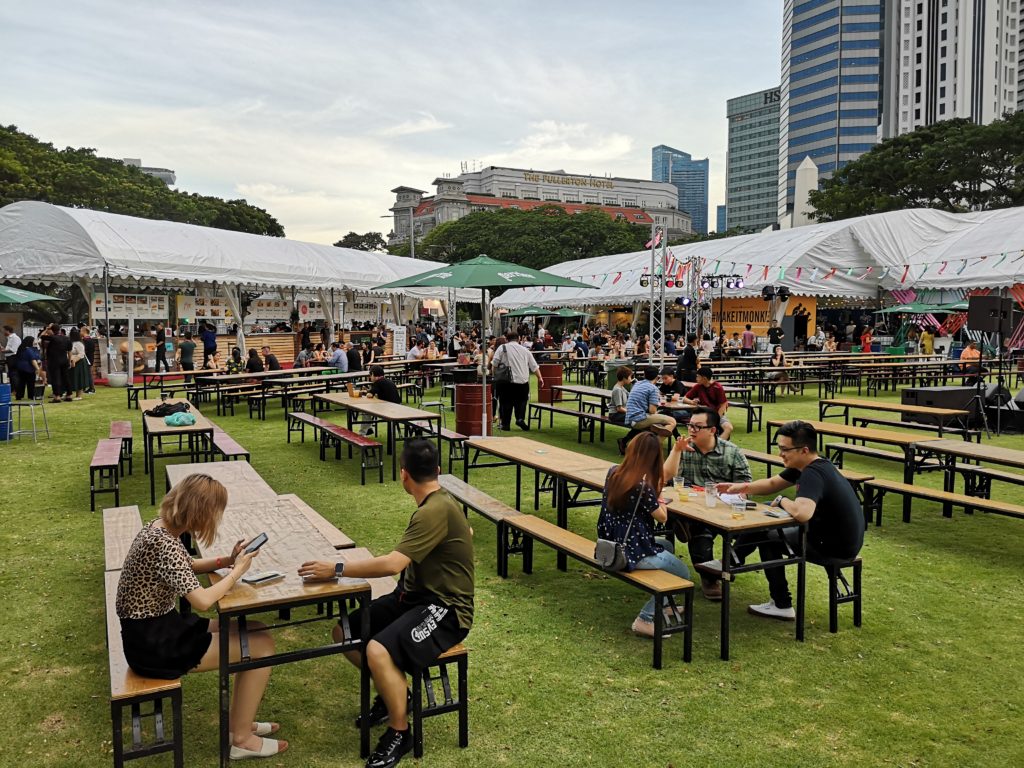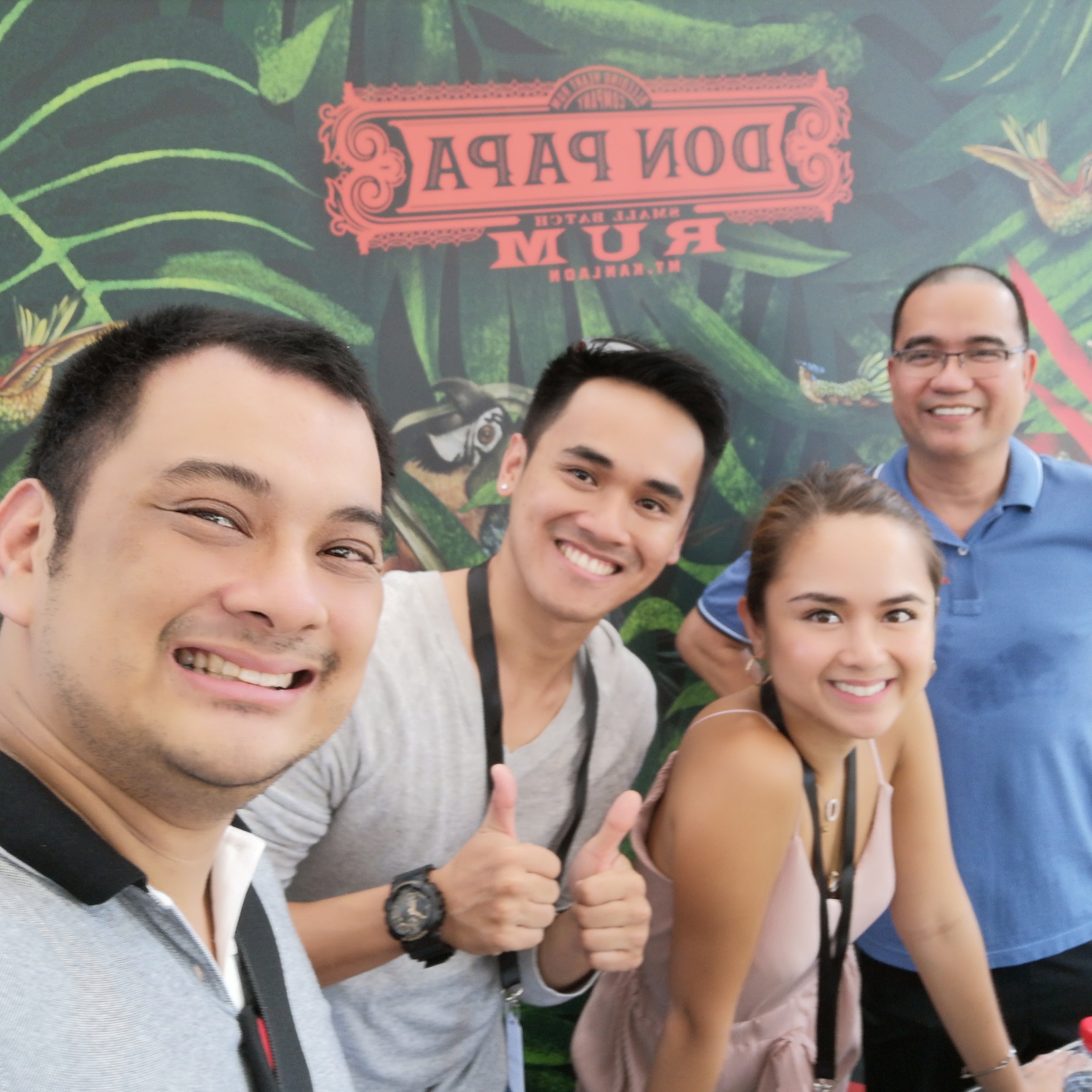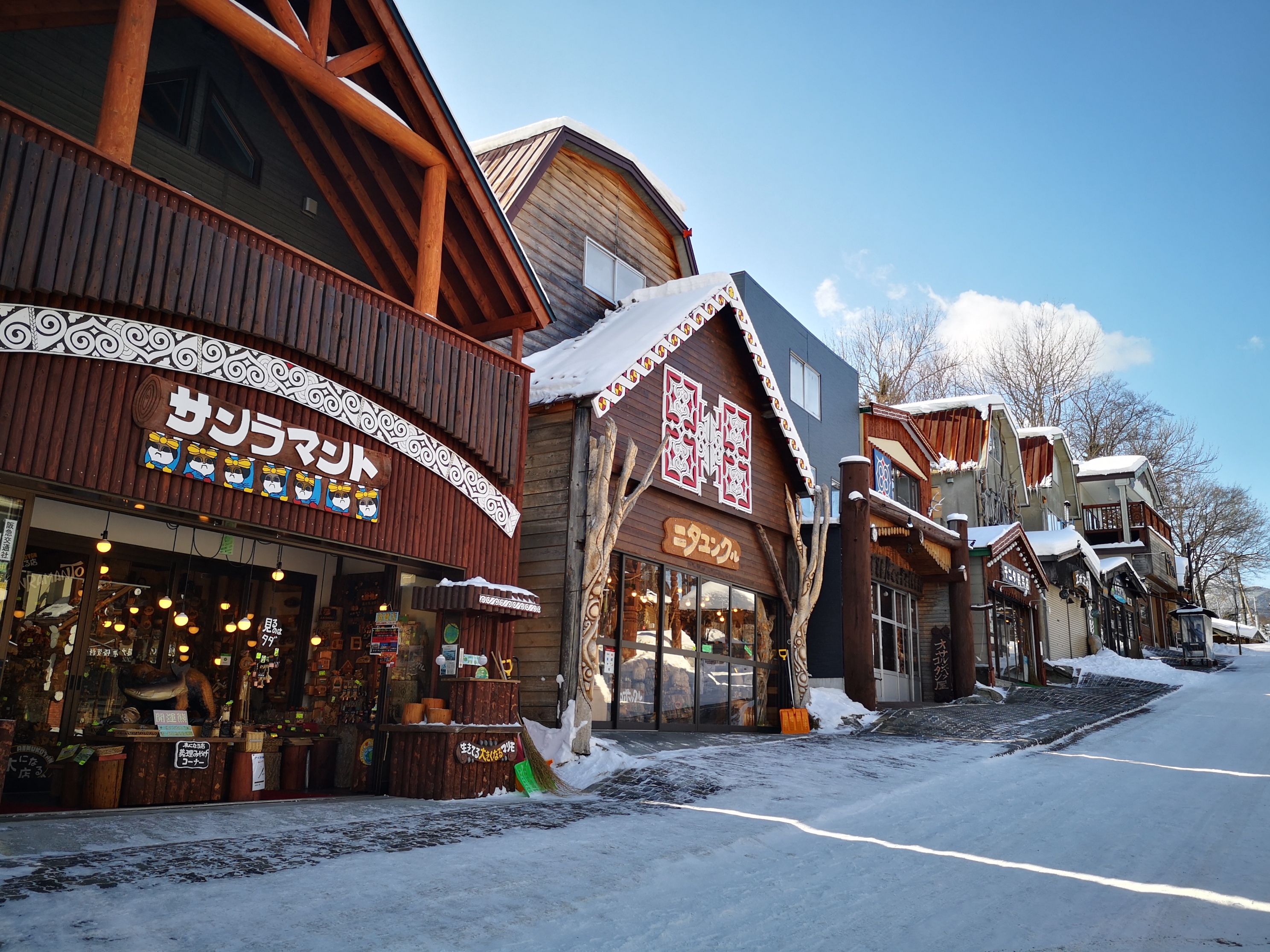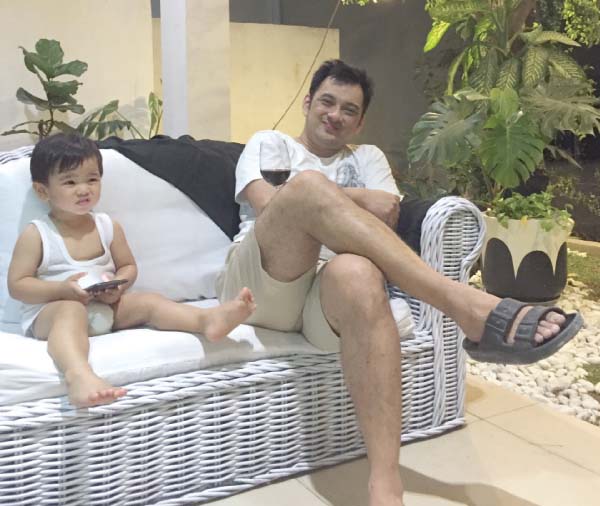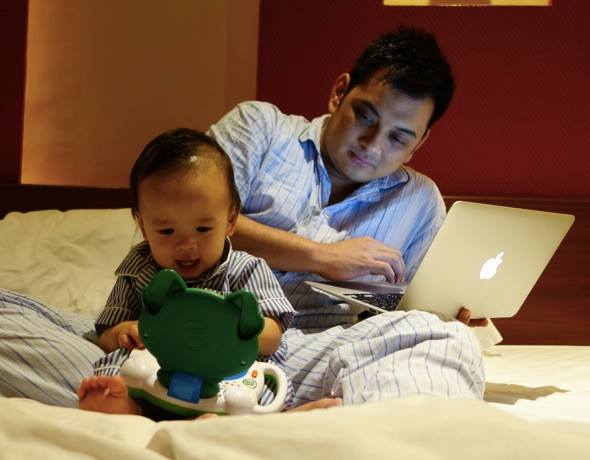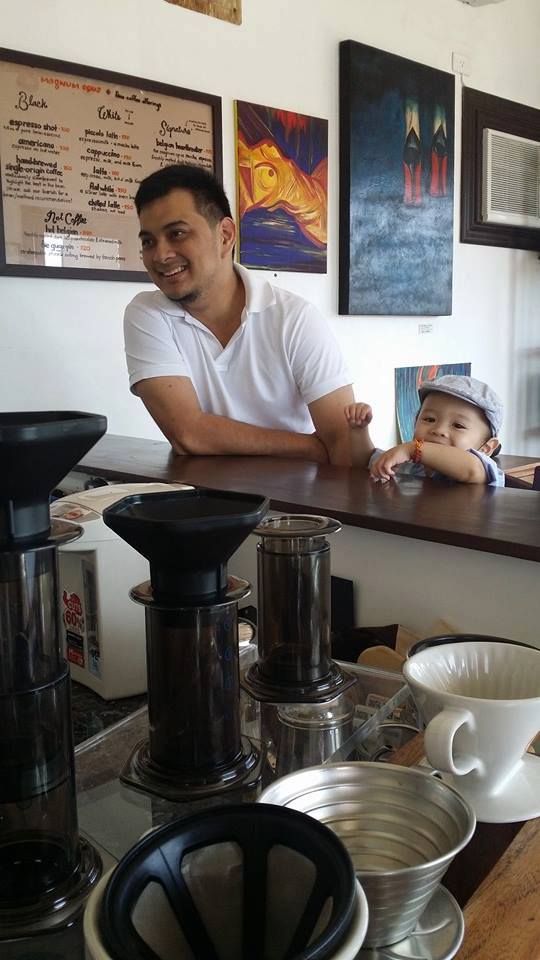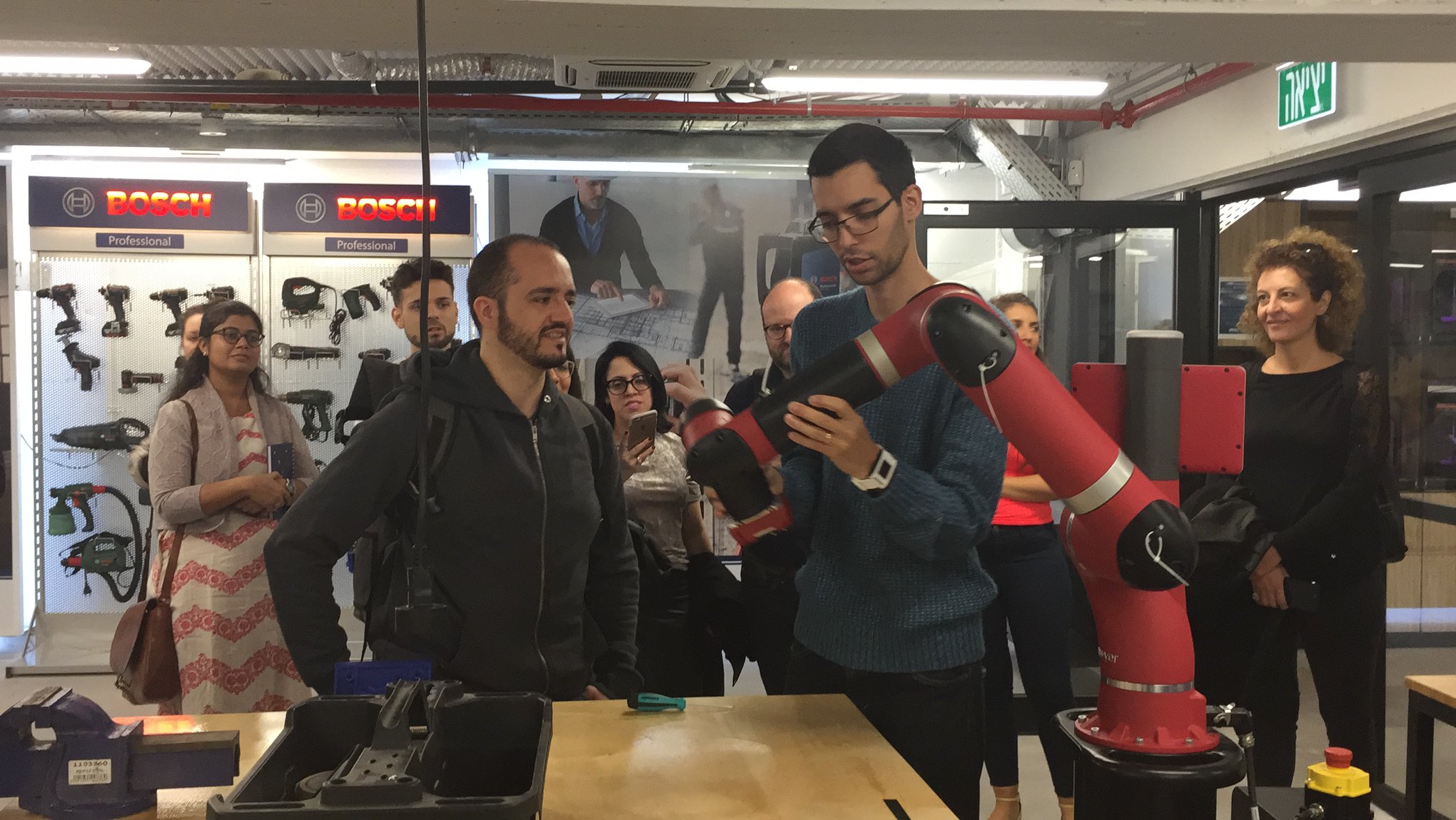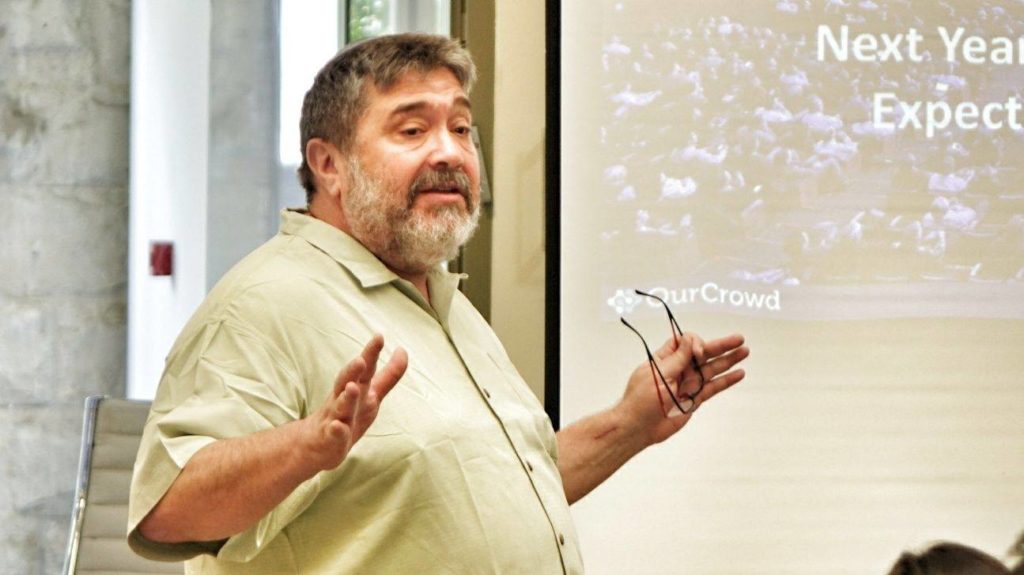This piece on the 2019 Singapore Cocktail Festival originally appeared in the May 16 issue of Manila Bulletin’s Lifestyle section.
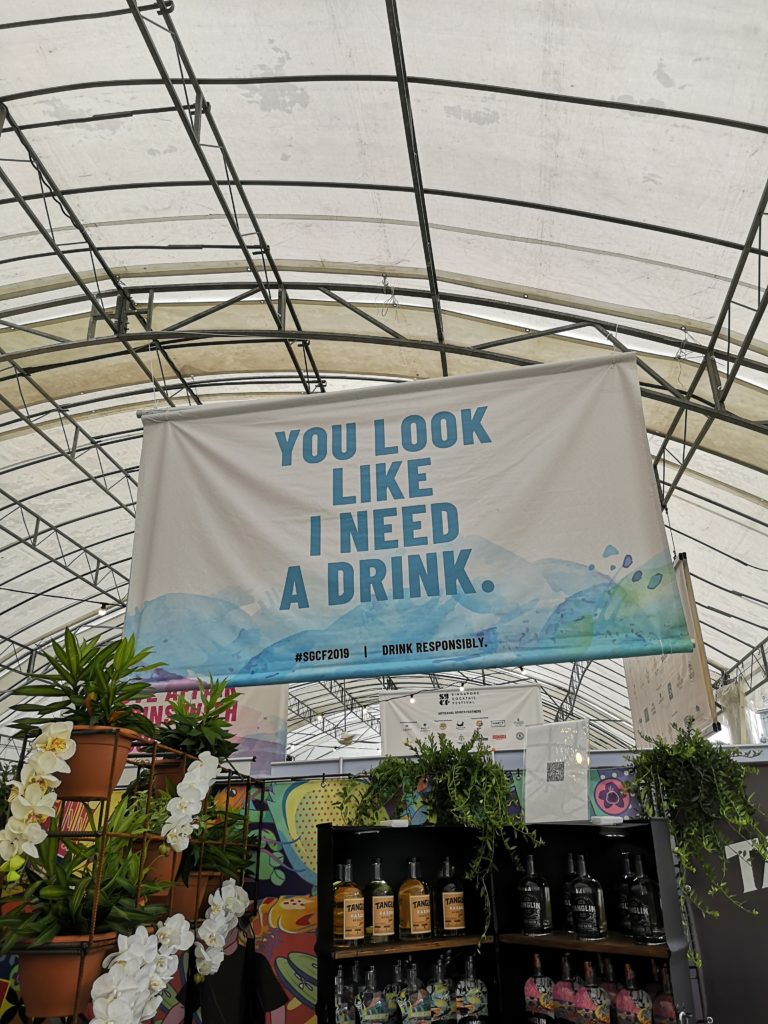
Singapore – South East Asia’s hot pot haven and cultural melting pot.If it’s regional, it’s probably in Singapore. So it’s really no surprise that the awarding for the 50 Best Bars in Asia was held here – with the Philippines nabbing three slots: The Curator in Palanca, OTO in Poblacion and newcomer Back Room Bar, a speakeasy inside the staff entrance of Ministry of Crab, Shangri-la The Fort.
For the public, the highlight of the festivities was the three-day long Singapore Cocktail Festival held at the Empress Lawn. Three days of pop ups of some of the best bars in Asia. Three days of bartender flair. Three days of tastings of some of the most exotic and exciting spirits you probably never heard of before. In this piece I chose to focus on the individual spirits.
Here are some of the highlights from the festival:
The Whiskeys
Just one: oh my lord, Amrut. Who knew that India make a fine craft whiskey? Do yourselves a favor: if you have friends coming home from India, have them bring you a bottle of Amrut Fusion. It’s tough to explain — but this is a perfect balance of peat, spice, and sweetness that doesn’t linger too much in the finish. It reminds me so much of a light Speyside dappled with spices.
The Gins
There was a bunch of stuff we see quite often in Manila – Hendricks, Roku, Four Pillars but a bunch of new stuff as well. Germany has Skin Gin, which caught our attention because of the packaging. It looks like a tiny leather flask made of snake skin. It goes down well as a sipping gin or with tonic water and is mint forward, but not too overpowering.
Apoteca Horseradish gin was also quite interesting — it tastes exactly how you would imagine it. Gin with wasabi / horseradish kicks you in a … rather delightful way.

The Impossible Burger is ninja meat!
The Rums
Two interesting rum highlights during the festival – with Diplomatico and Plantation sharing a booth and our very own Don Papa Rum from Negros taking prominent stage at the tasting area. With modern craft rum getting more and more complex, I was able to try an expression in the Diplomatico No 3, which is a pot still rum closer to whisky in taste than actual rum. For the sweet toothed who want to venture in the wonderful world of whiskey, this may be an excellent entry point as it is essentially rum (from sugar cane) but is matured in ex-bourbon barrels and made using a Copper Pot Still that was originally used for whiskey.
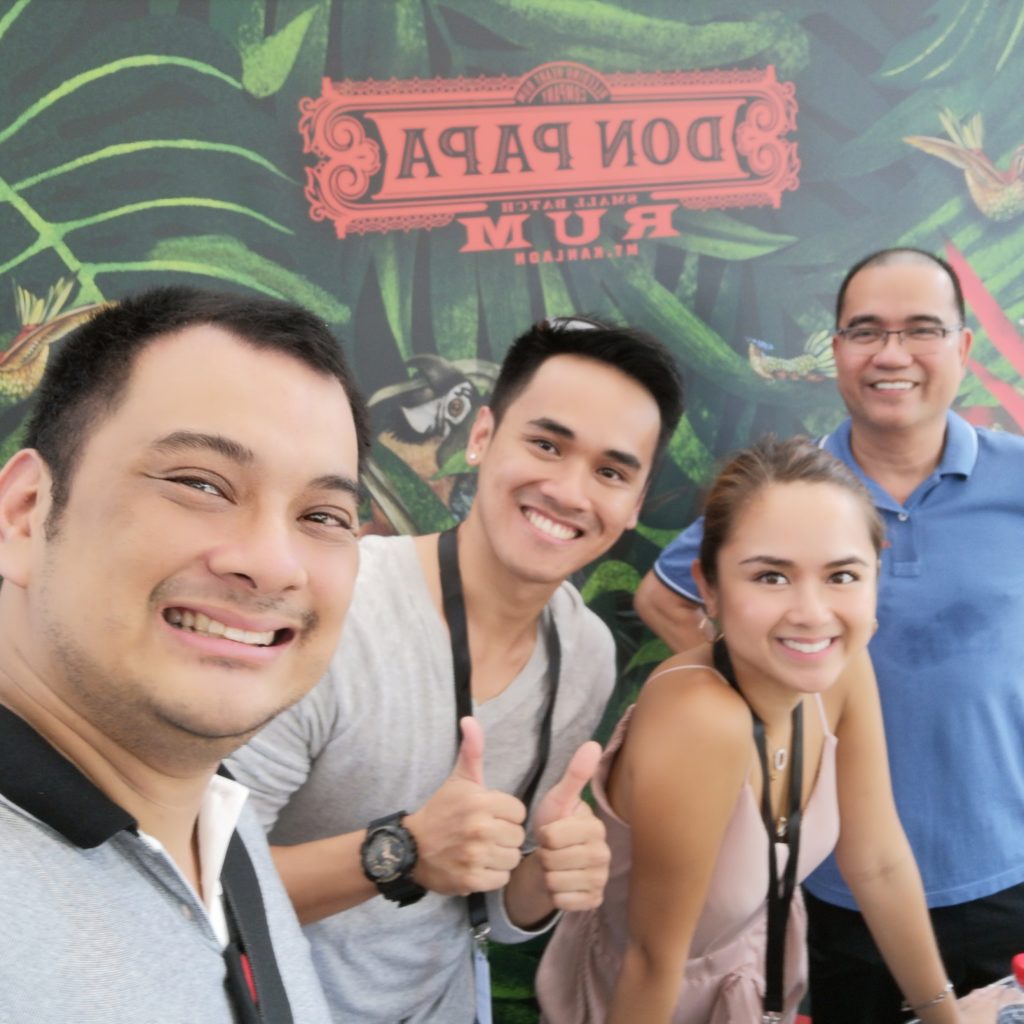
Then of course there’s Don Papa, the pride of Negros waving the Philippine flag. We are to be considered lucky that we have an easily available craft rum which I often recommend to younger friends who are in their “rum coke phase.†Don Papa’s sweetness is very Pinoy, and it shines taken neat or with soda water. No need for any additional sweetener.
The Liquor
https://www.instagram.com/p/BxT5HCwFsBa/?utm_source=ig_web_button_share_sheet
Quite honestly I’m not really into liquor. I have a bottle of Cointreau and Frangelico in my home bar which I use to make cocktails, but in terms of bottle count that’s two versus the dozens of gin and whiskey bottles I have at home. So I was pleasantly surprised to find a rather new liquor from Italy – Italicus Rosilio di Bergamotto is based on a traditional liquor from Italy — the Rosolio (rose petals) mixed with a fragrant array of botanicals including chamomile, lemons, lavender, Melissa balm. It is super fragrant, but light with an overarching theme of citrus. It goes well by itself or with prosecco. Or gin and soda. It was the one bottle I brought home as Manila has no local distributor yet.
Last but not the least: the Impossible Burger!
I’ve been Googling for ‘Impossible Foods’ since I landed at Changi and there were a couple of restaurants serving a new kind of vegan meat – a vege-meat that bleeds when cooked and tastes exactly like meat, even meat lovers would love them. I was too scared to waste a meal around the city as restaurants in Marina Bay Sands and along Orchard Exchange served these up as pizzas, burgers and yes even child con carne. But seeing it displayed at the SGCF by Omakase Burgers was temptation succumbed (plus we were lightly tipsy already so why the hell not).
The verdict: The Impossible Burger has been making waves because when you serve it to a meat eater, they won’t be able to tell the difference. Meat eater me has to agree. The burger patty tasted exactly like a juicy meat patty, although the texture was slightly soggy — a negligible difference to be honest. If someone served this to me and did not say it was made of soy proteins and other vegetables, I would not have known the difference.
